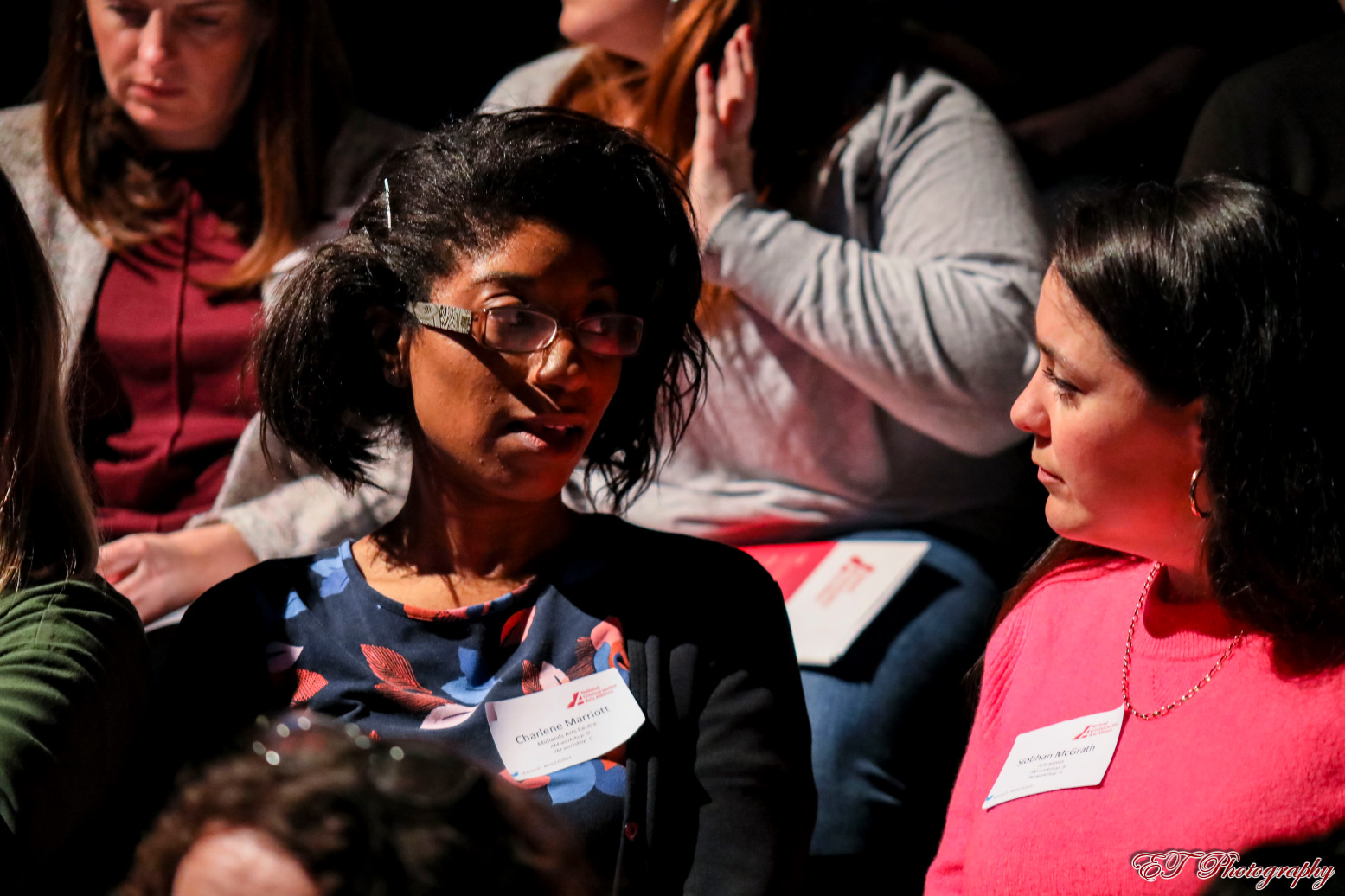Dee’s blog for Creative Roots
This blog is guest written by Dee Rogers.
Dee Rogers is a co-director of Das Clarks and a professional hybrid. Their creative work focuses on difference and language.
We shall not cease from exploration
And the end of all our exploring
Will be to arrive where we started
And know the place for the first time.
T S Eliot, Four Quartets, 1943
As a young person in the mid 90s I trained to be a social worker. I always enjoyed working with the incarcerated and the excluded: adults with learning difficulties, people in prison, patients in a maximum security psychiatric hospital. I found it easy to empathise with them, perhaps because I felt like an outsider myself, though more locked out than locked in. My work experience in these settings nurtured within me a sensitivity to the ways in which labels like ‘prisoner’, ‘high risk’, ‘low-functioning’ and ‘mentally disordered offender’ can limit self-exploration and self-expression. I enjoyed aspects of my job but something wasn’t right. The ‘clients’ I worked with (that’s what they were called in those days) often seemed to cope better with the constraints of the system than I did. I soon realised that social work was not for me so I left the profession.
I met my first artist 5 years ago at the age of 49. Little did I know at the time how life changing that encounter would be. Through conversation, new experiences, creative experimentation and friendship I began to change the way I saw myself, what I was capable of, and what might be possible in my future. A few years down the line and that artist and others are now my friends and colleagues on the Creative Roots project.
Going back to work in prison, wearing the keys, locking the doors, obeying the rules of the system, has not been easy. It’s a noisy, unpredictable, constraining and extremely masculine environment, which is challenging for a neurodivergent, non-binary queer like me. I’ve found the experience to be intense, fun, sad, stressful, tiring, uplifting, easy, hard – sometimes all of these things in a single 2-hour creative session. There are so many aspects I could write about but I’m mindful of the wordcount and your precious time, reader, so I’ll focus on one thing. I love to learn and I’ve learned loads. Here are a few examples.
I learned that prisons are full of creative people. Some are talented and skilled artists, writers and musicians. Most, like me, have limited experience of art making but thrive and bloom when given the opportunity to express themselves creatively. I learned about reliance, focus and adaptability from people with a history of offending, addiction and incarceration. That surprised me. I learned that it’s possible to create spaces in environments that are saturated in masculinity where people can just meet as people. The men called me Miss, as a term of respect, but I rarely felt that gender was an issue. I learned – or rather remembered – that prisons are sad places. They are full of people who have experienced, and sometimes caused, deep trauma. Prisons are, in the main, hard and unforgiving environments in which change is really hard to achieve. You can come away from a place like that feeling pretty hopeless. Occasionally, I did.
And yet, the generosity of the men who said, ‘yes!’ when invited to join in gave me hope. The warmth, gratitude, openness, and desire to try something new that I witnessed in our creative sessions gave me hope. The generosity of those staff who actively supported us throughout the project gave me hope. Working in a prison again was most definitely worth the risk.
So what?
What matters is whether any of this has made a difference to the participants. Meeting an artist at the age of 49 took my life down an unexpected and welcome path. But I was born into a stable, working class family with no addiction issues, no experience of the criminal justice system, no domestic violence. Pure chance. Luck of the draw.
I know the men who participated in Creative Roots enjoyed the sessions and valued to opportunity to take part. They told us and our independent researcher as much. But my biggest hope is that the experience of taking part in Creative Roots has left a seed of possibility in all those who participated. I hope it has done something to change the way they see themselves, what they are capable of, and what might be possible in the future.
I hope it makes a difference.







